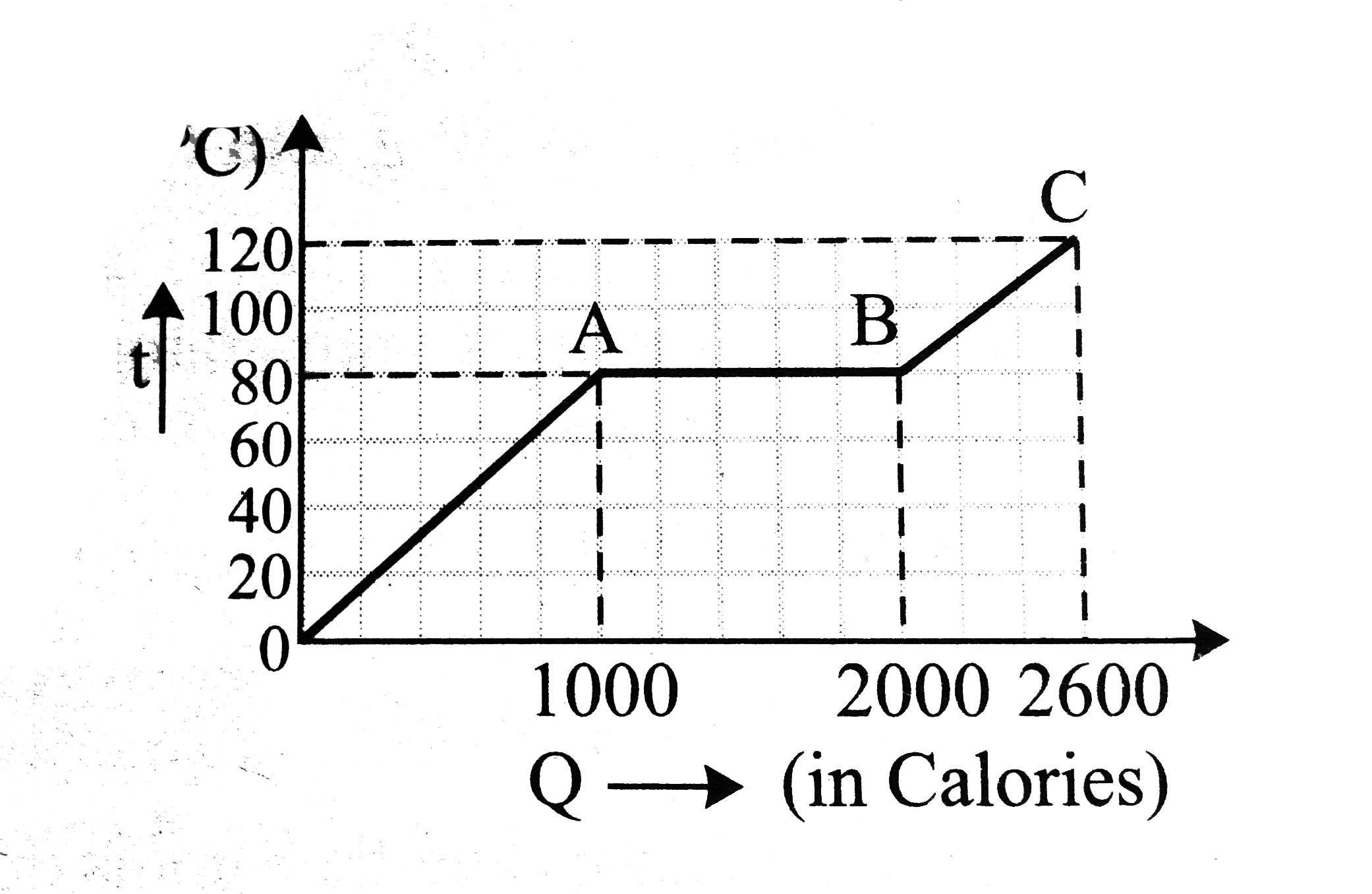The substance having the highest specific latent heat of fusion is
lead
wax
ice
gold
To solve the question of which substance has the highest specific latent heat of fusion among lead, wax, ice, and gold, we can follow these steps:
Step 1: Understand the Concept of Specific Latent Heat of Fusion
The specific latent heat of fusion is defined as the amount of heat required to change a unit mass of a substance from a solid to a liquid state without any change in temperature.
Step 2: Identify the Given Substances
The substances provided in the question are:
- Lead
- Wax
- Ice
- Gold
Step 3: Research or Recall the Specific Latent Heat of Fusion Values
To determine which substance has the highest specific latent heat of fusion, we need to know the specific latent heat values for each of these substances:
- Ice: 334 kJ/kg
- Wax: Approximately 200-250 kJ/kg (varies depending on the type of wax)
- Lead: Approximately 25 kJ/kg
- Gold: Approximately 64 kJ/kg
Step 4: Compare the Values
Now, we compare the specific latent heat of fusion values:
- Ice: 334 kJ/kg
- Wax: 200-250 kJ/kg
- Lead: 25 kJ/kg
- Gold: 64 kJ/kg
Step 5: Conclusion
From the comparison, it is clear that ice has the highest specific latent heat of fusion at 334 kJ/kg.
Final Answer
The substance having the highest specific latent heat of fusion is ice.
---
The specific latent heat of fusion is defined as the amount of heat required to change a unit mass of a substance from a solid to a liquid state without any change in temperature.
The substances provided in the question are:
- Lead
- Wax
- Ice
- Gold
To determine which substance has the highest specific latent heat of fusion, we need to know the specific latent heat values for each of these substances:
- Ice: 334 kJ/kg
- Wax: Approximately 200-250 kJ/kg (varies depending on the type of wax)
- Lead: Approximately 25 kJ/kg
- Gold: Approximately 64 kJ/kg
Now, we compare the specific latent heat of fusion values:
- Ice: 334 kJ/kg
- Wax: 200-250 kJ/kg
- Lead: 25 kJ/kg
- Gold: 64 kJ/kg
From the comparison, it is clear that ice has the highest specific latent heat of fusion at 334 kJ/kg.
The substance having the highest specific latent heat of fusion is ice.
Topper's Solved these Questions
- MATTER BOOK - ICSECHAPTER - MATTER EXERCISE - THEME ASSIGNMENT
25 Videos
- MATTER BOOK - ICSECHAPTER - MATTER EXERCISE - THEME ASSIGNMENT
25 Videos
- LIGHT ENERGYBOOK - ICSECHAPTER - LIGHT ENERGYEXERCISE - THEME ASSIGNMENT D. Statements given below are incorrect. Write the correct statements.
7 Videos
- MODEL TEST PAPERS BOOK - ICSECHAPTER - MODEL TEST PAPERS EXERCISE - Model Test Paper 2 (Section II)
42 Videos
Similar Questions
Knowledge Check
The specific latent heat of fusion of water is :
A80 cal g−1B2260 J g−1C80 J g−1D336 J kg−1
Define latent heat of fusion of ice.
View SolutionA substance initially in solid state at 0∘C is heated. The graph showing the variation in temperature with the amount of heat supplied is shown in Fig. 11.7. If the specific heat capacity of the solid substance is 500 J kg−1^∘C−1, use graph to find : (i) the mass of the substance, and (ii) the specific latent heat of fusion of the substance in the liquid state.
View SolutionState in brief, the meaning of each of the following:
The specific latent heat of fusion of ice is 336000 J kg−1
View SolutionThe SI unit of specific latent heat is:
View SolutionA small quantity mass m, of water at a temperature θ(in ∘C) is poured on to a larger mass M of ice which is at its melting point. If c is the specific heat capacity of water and L the specific heat capacity of water and L the specific latent heat of fusion of ice, then the mass of ice melted is give by
View SolutionA small quantity mass m, of water at a temperature θ(in ∘C) is poured on to a larger mass M of ice which is at its melting point. If c is the specific heat capacity of water and L the specific heat capacity of water and L the specific latent heat of fusion of ice, then the mass of ice melted is give by
View Solution
A substance is in the solid form at 0∘C. The amount of heat added to this substance and its temperature are plotted in the following graph. If the relative specific heat capacity of the solid substance is 0.5, find from the graph (i) the mass of the substance, (ii) the specific latent heat of the melting process and (ii) the specific heat of the substance in the liquid state.
Specific heat capacity of water =1000cal/kg/K
View Solution
